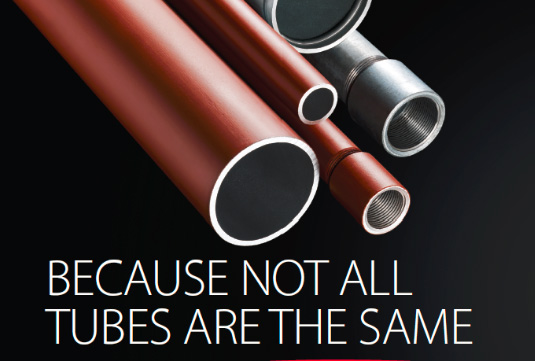
Electric Resistance welded (ERW) carbon steel tubes have been successfully used in building and industrial pipework installations for many years. However, we are now seeing the increasing use of imported, commodity welded tubes that may prove to be less suitable for typical piping applications. Such imports are invariably produced by a cold-formed process. This means […]
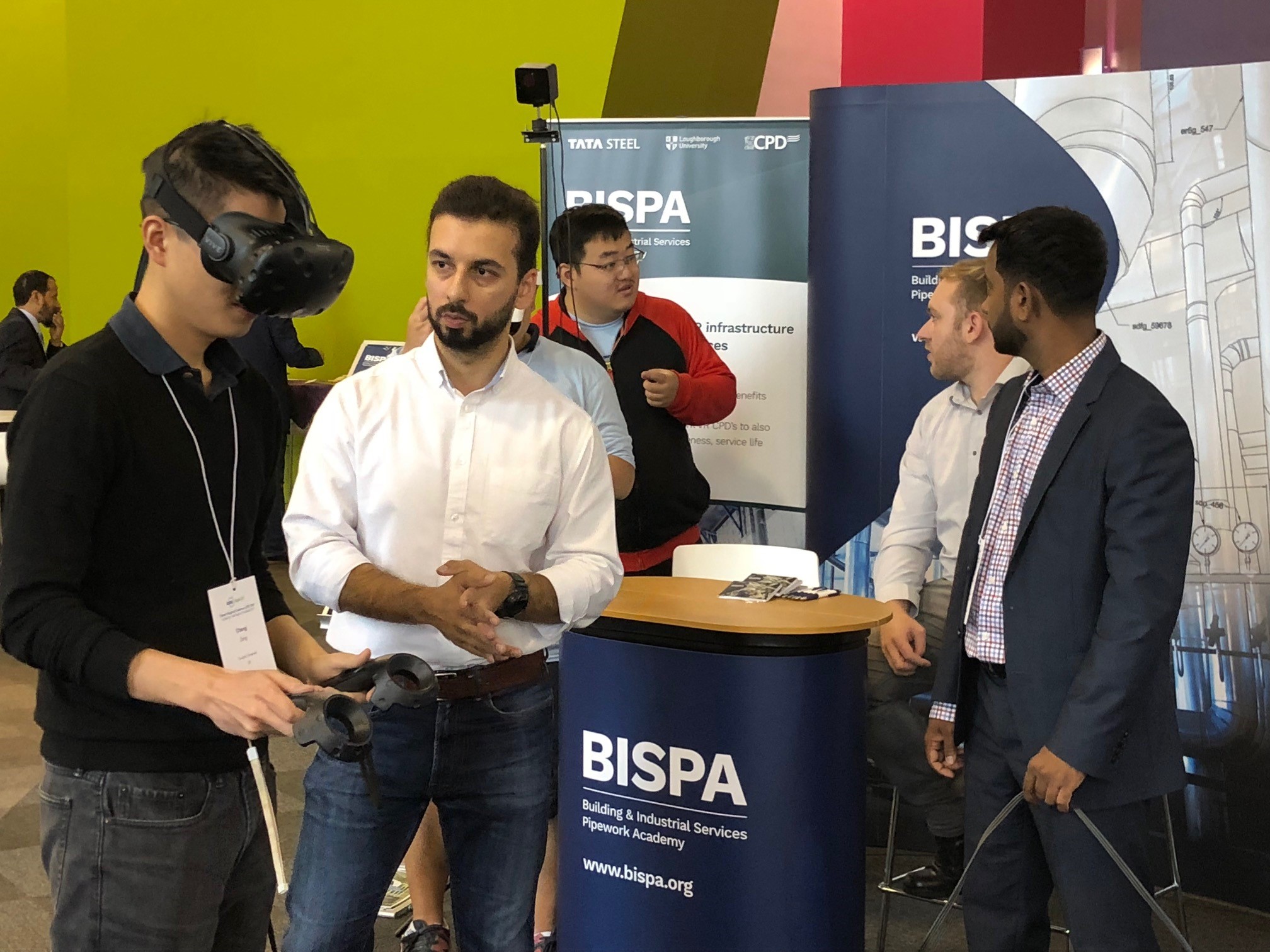
The BISPA team recently supported the ASHRAE Regional Conference at Loughborough University. With more than 56,000 members from over 132 nations, ASHRAE is a diverse organization dedicated to advancing the arts and sciences of HVAC (Heating, Ventilation and Air conditioning). The four day event brought together delegates, managers, decision makers and technical experts from around […]
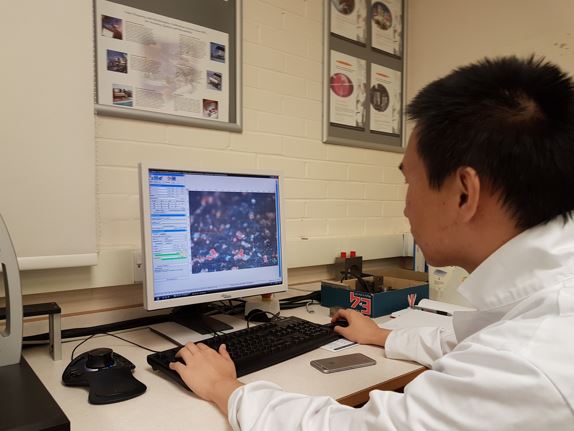
One of our BIPSPA MSc students is examining the surface properties of new and used pipes. The study includes samples of different materials (steel, copper, stainless) and different production processes (hot-formed and cold-finished). The objective of the work is to determine the impact of service life exposure on different pipework systems. Using a 10x microscope, […]
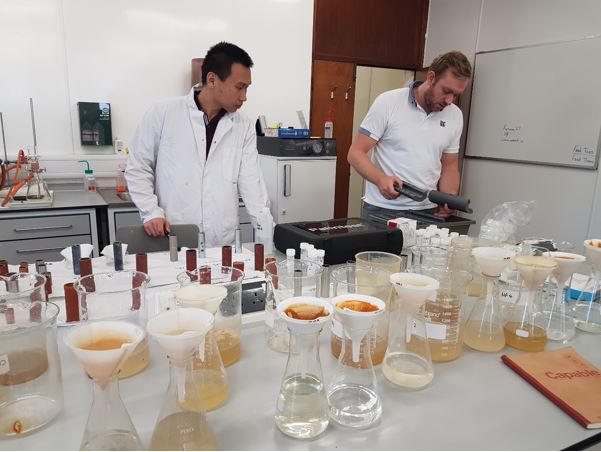
The submerge testing of various building services pipework materials has now come to an end after a 6-week experimental programme. The aim of the work was to investigate corrosion mechanisms in different pipework materials when exposed to various water scenarios. All test pipes had been weighed prior to being submerged in specially prepared containers, designed […]
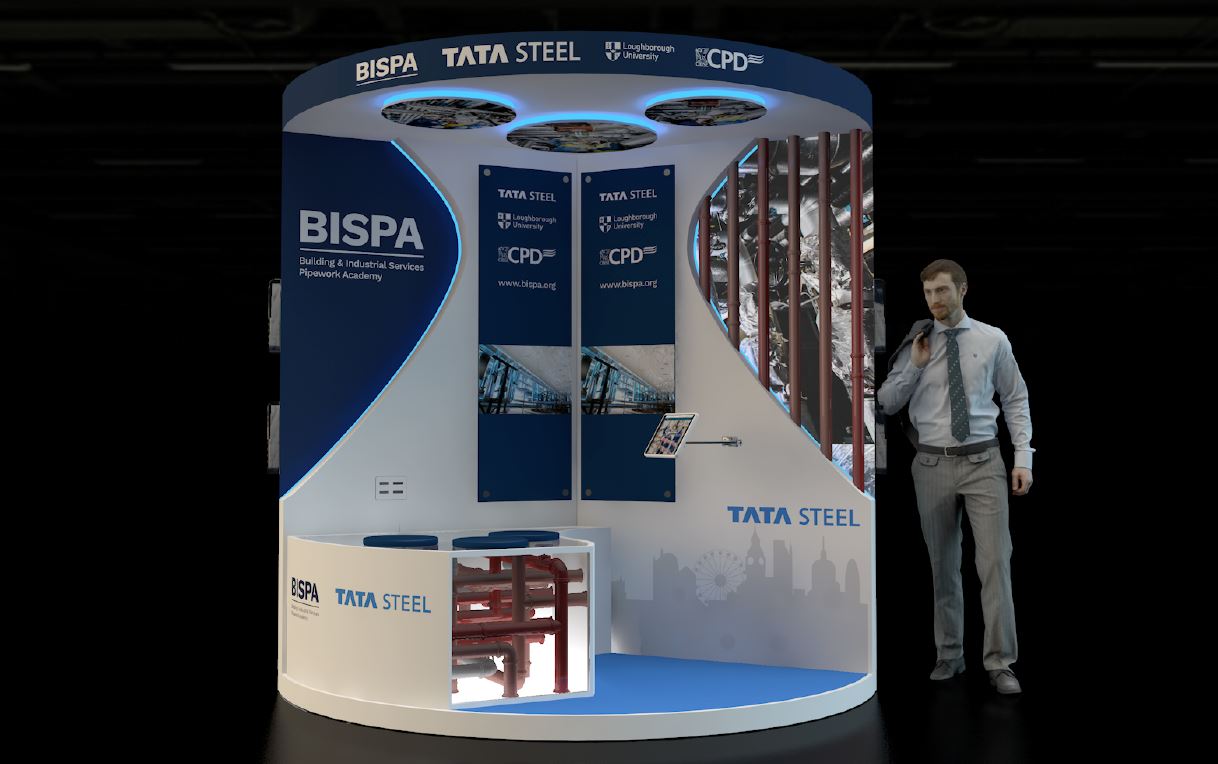
Following the success of our current pipework teaching display at the Building Centre in London, the Building and Industrial Services Pipework Academy (BISPA) are busy creating an all new interactive training pod. The pod will be at the centre of our commitment to support London based Building Service Engineers by providing interactive training sessions. As […]
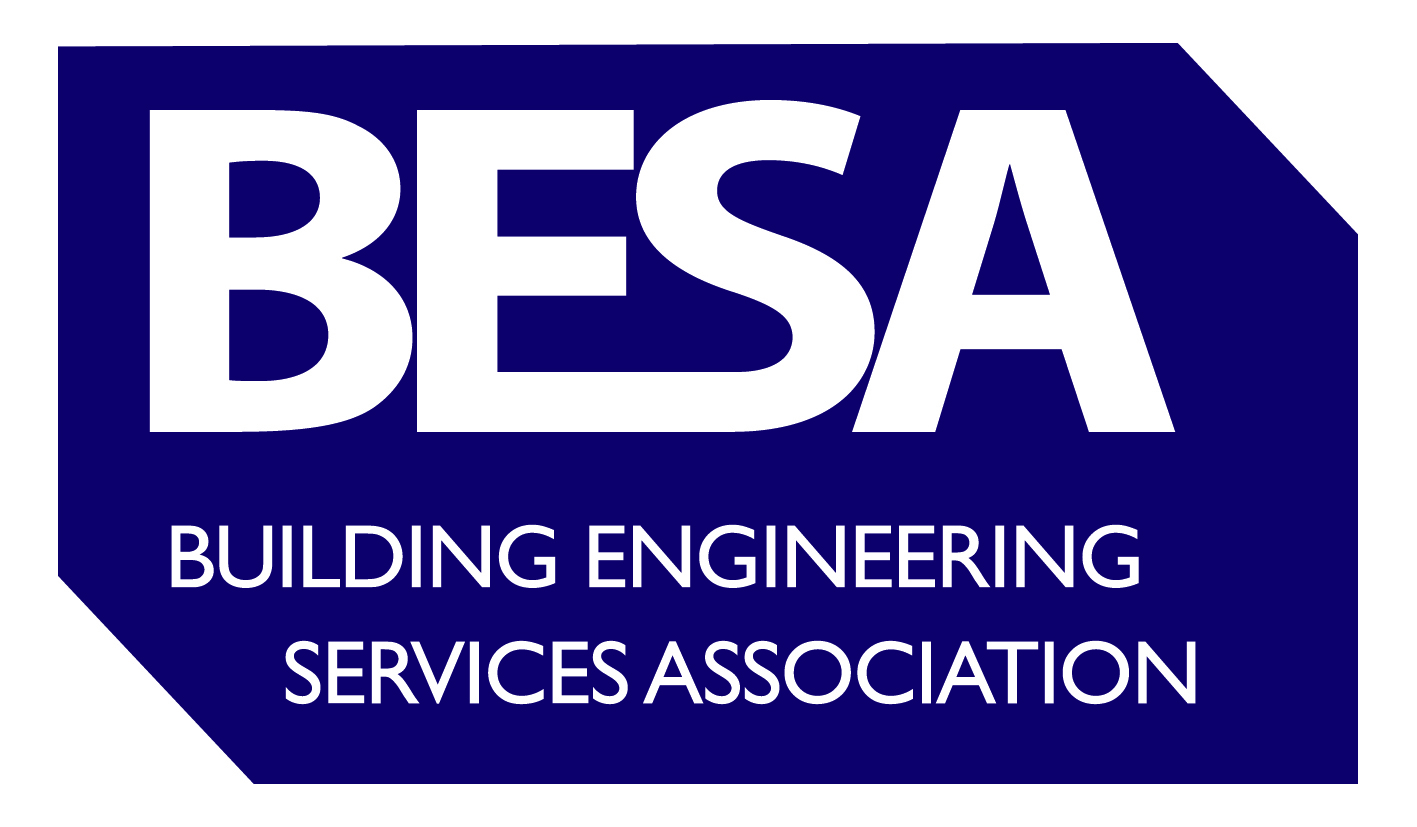
The Building and Industrial Services Pipework Academy (BISPA) is working with the Building Engineering Services Association (BESA) to proactively tackle pipework and installation challenges in the UK building and industrial services market, by joining the prominent trade association as a Bronze Affiliate member. The BESA is the leading trade organisation for building engineering services contractors […]
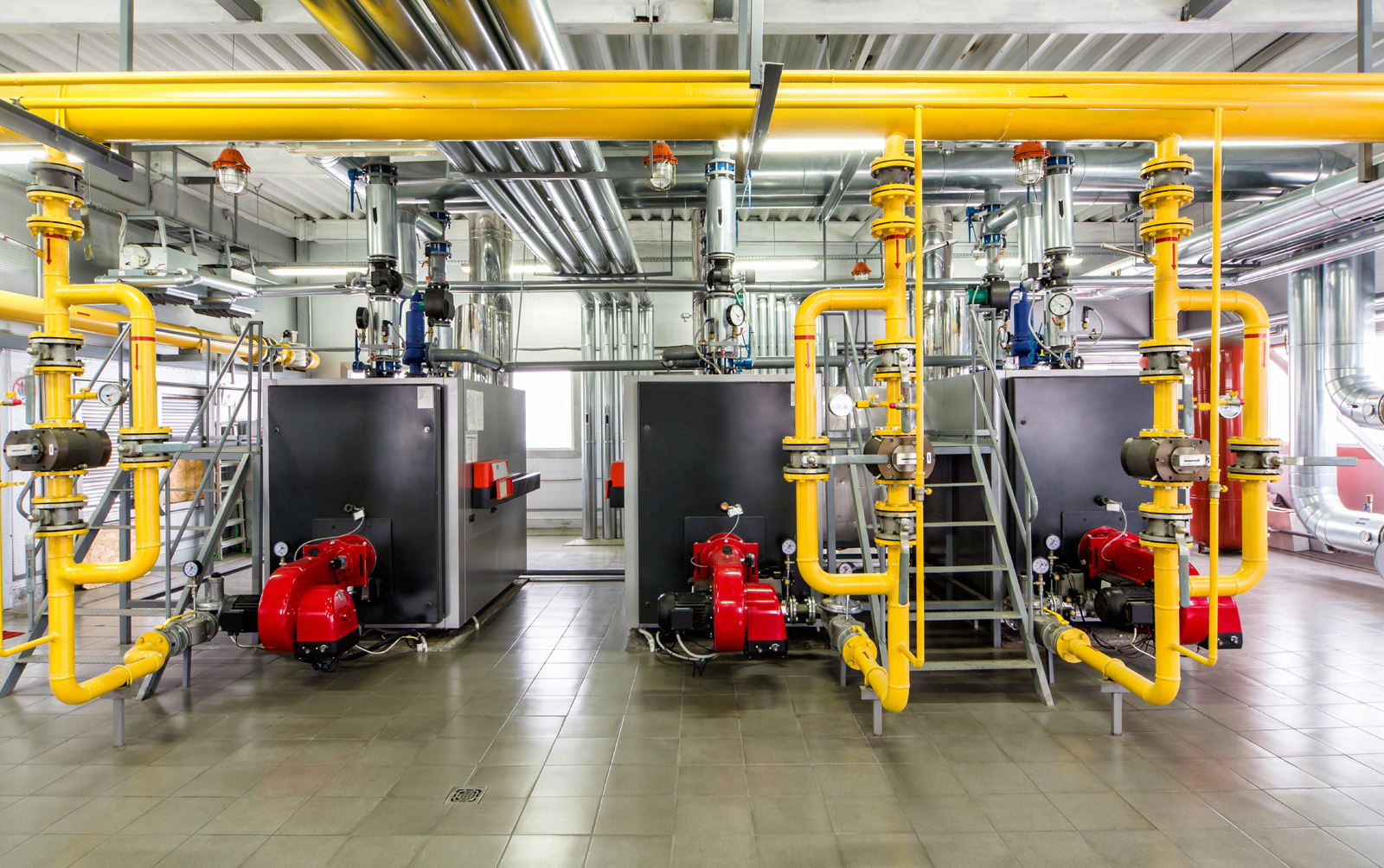
The importance of pre-commission cleaning of pipework systems cannot be emphasised enough. Not only could this prevent your pipework system from experiencing early failure, but it can have a more immediate impact during the actual construction and hand-over phase. Incorrectly pre-commission cleaning can influence flow rates within the system, resulting in project specifications not being […]
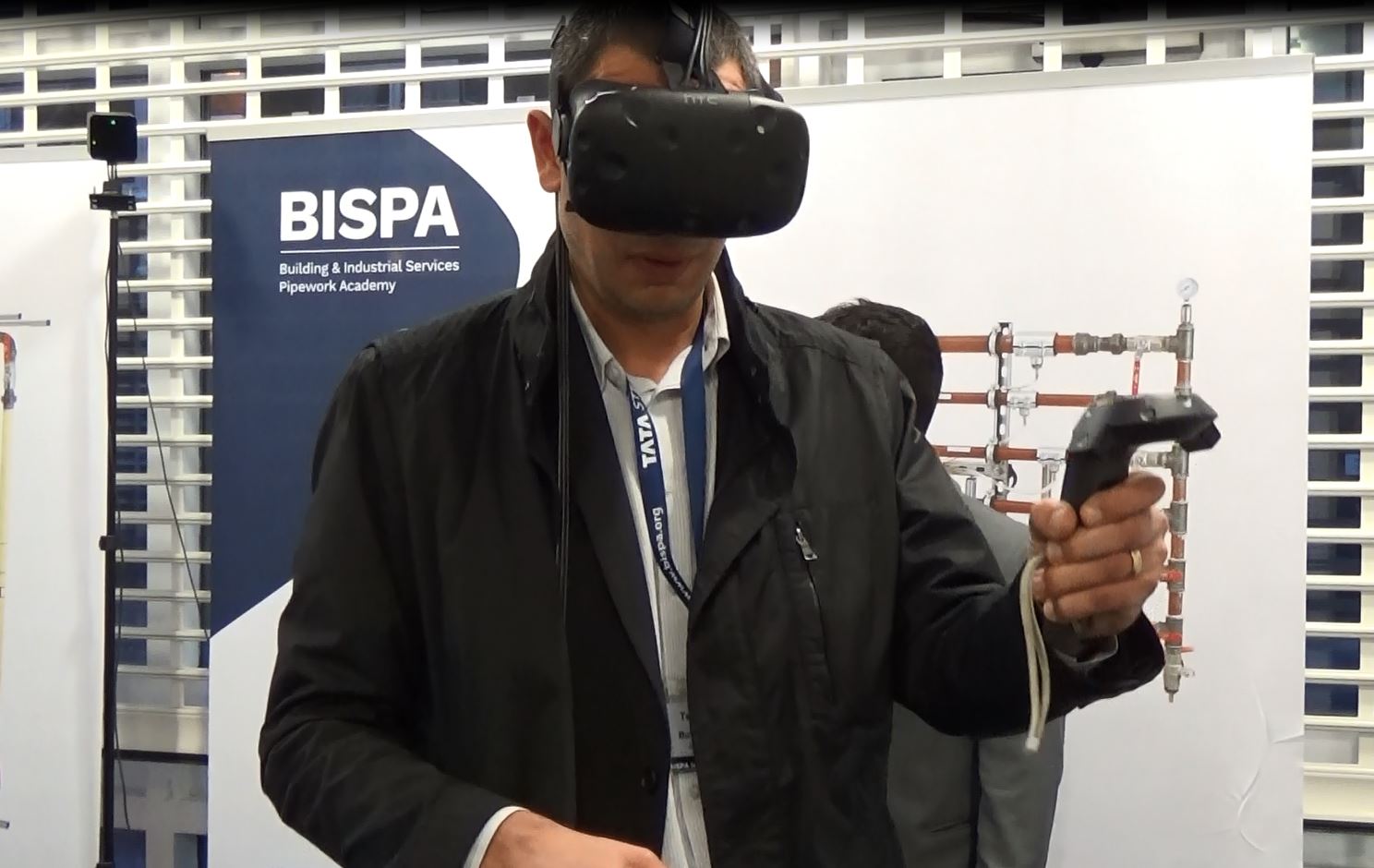
BISPA is already working on developing a design platform in virtual reality (VR) for building services engineers. However, it is also important to develop tools for on-site use. This is where Augmented Reality (AR) becomes attractive. The idea is to superimpose high-resolution photorealistic information on top of the real world. This means anyone with an […]
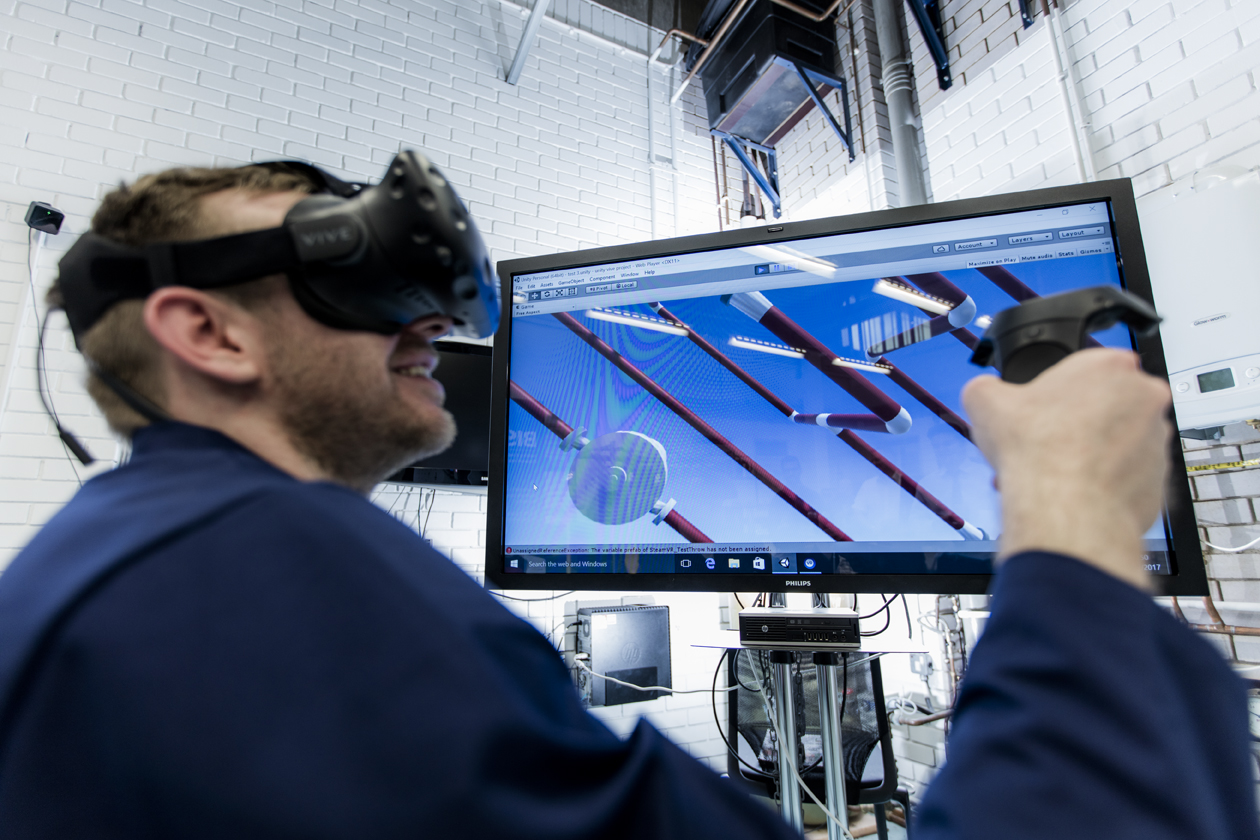
Technology is evolving at a rapid pace. One of these technologies; Virtual Reality (VR) has seen considerable hype these past couple of years. It is anticipated that VR with blockchain will be the internet 2.0 and revolutionise how we work and communicate with each other. Whilst there is rapid development by the gaming industry in […]
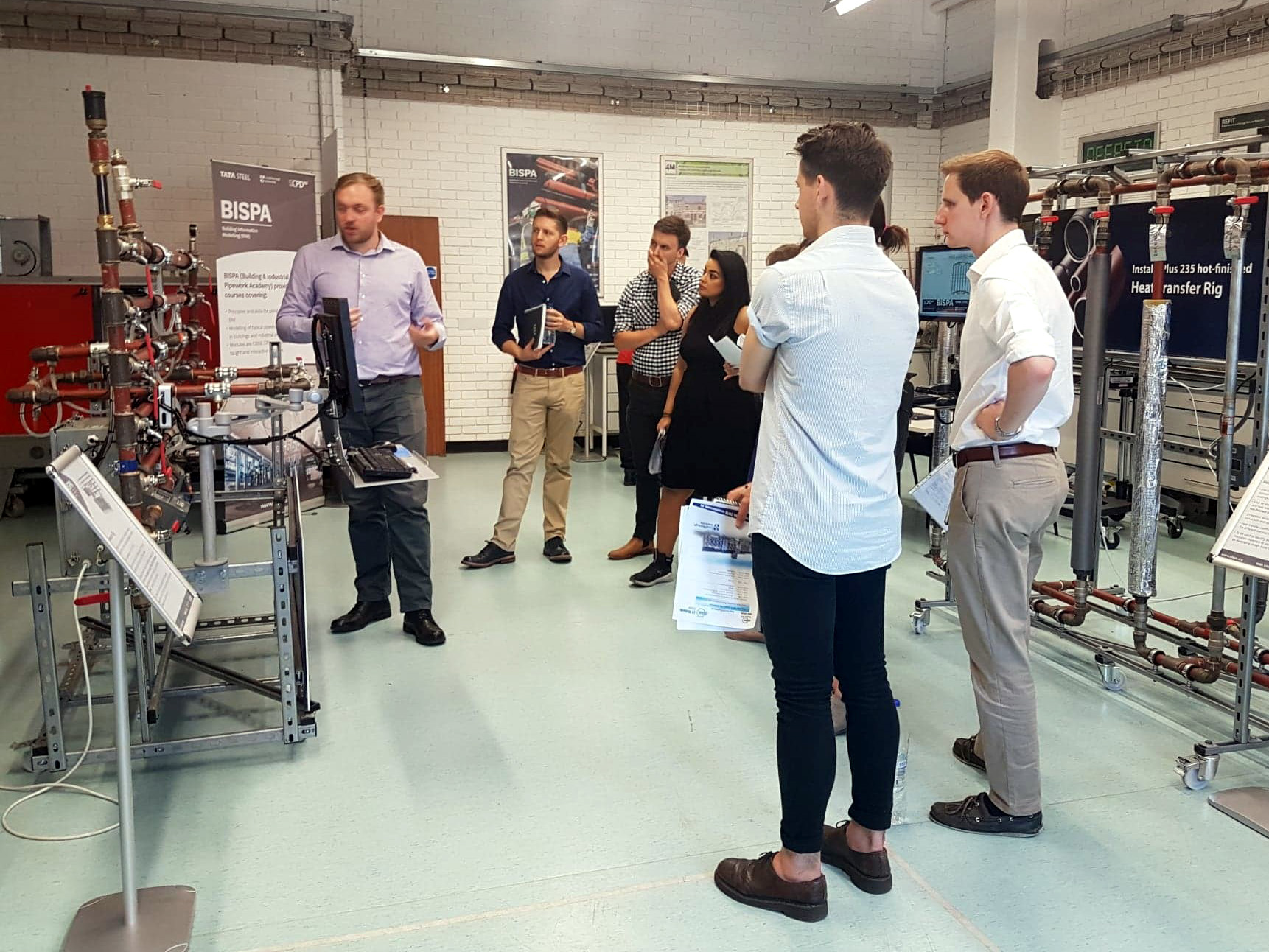
In a recent conversation with a prominent building services consultancy about pipework systems, we discovered that all of their HVAC systems employ variable flow pumps. This can drastically reduce the energy demand of the system but the sizing and design calculations still follows the same process as a constant flow system. With this in mind […]